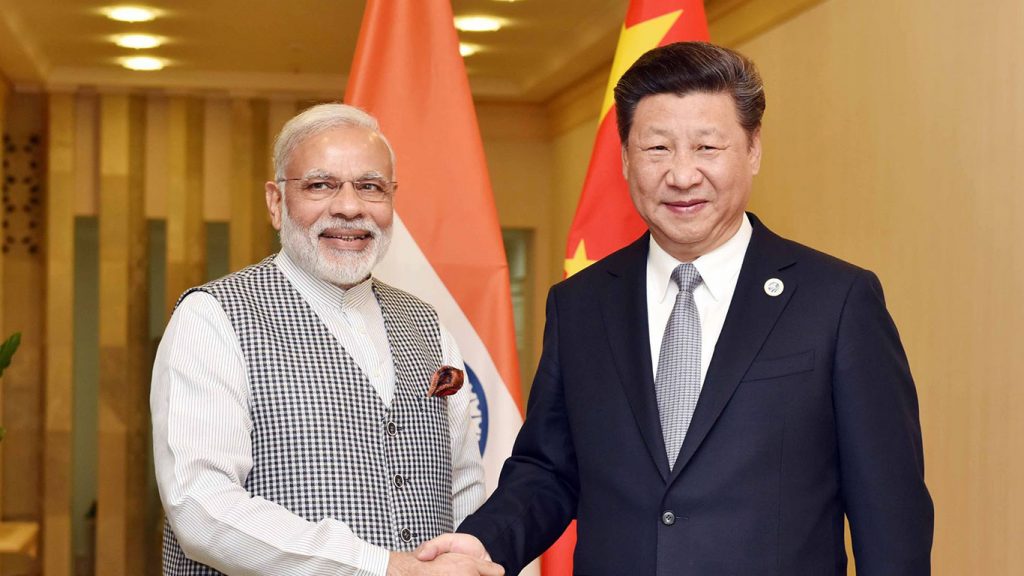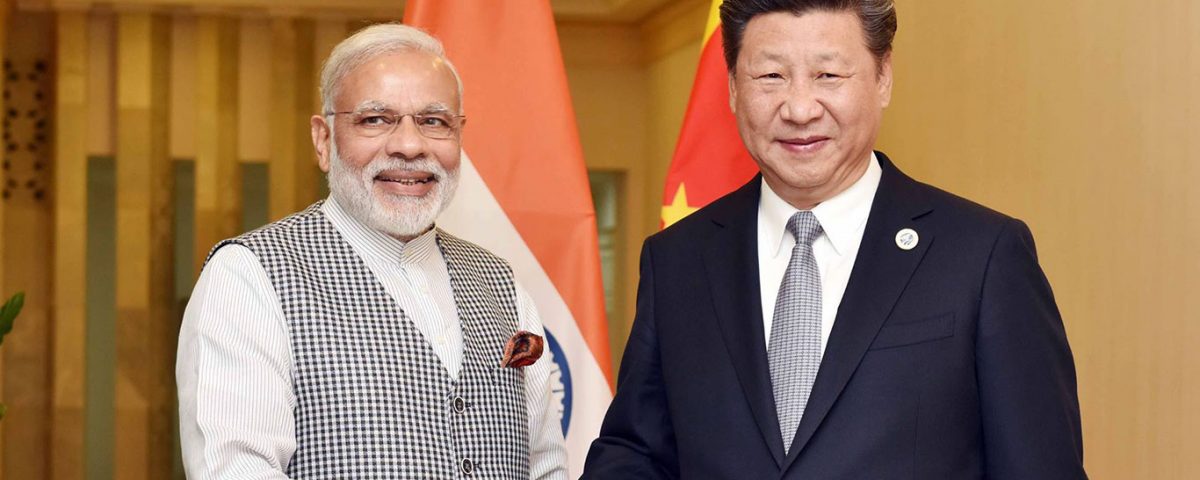
Border Tensions Ease as India, China Move Closer to Troop Disengagement in Eastern Ladakh
Recent developments suggest that India and China are showing tentative signs of warming relations, with the possibility of a meeting between Indian Prime Minister Narendra Modi and Chinese President Xi Jinping. The meeting could take place on the sidelines of major upcoming international events like the BRICS summit in Kazan, Russia (Oct 22-24), or the G20 summit in Rio de Janeiro, Brazil (Nov 18-19). These speculations, reported in Indian media from September 1-3, hint at a gradual shift in the dynamics of the relationship between the two Asian giants, though tensions still remain high due to the ongoing border dispute in Eastern Ladakh.
The principal issue that has strained ties between India and China since 2020 is the military standoff in Eastern Ladakh along the Line of Actual Control (LAC). India has maintained that resolving this standoff is key to normalizing the relationship between the two countries. The standoff, which began in April 2020, has resulted in multiple rounds of military and diplomatic talks, but full disengagement has yet to be achieved.
While the two countries are far from achieving a breakthrough, there are indications of progress. According to a report by NDTV on September 3, diplomatic discussions to resolve the remaining points of friction in Eastern Ladakh have intensified. Along with this, a renewed debate has emerged within India regarding the prospects of economic engagement with China, potentially signaling a broader recalibration of the relationship.
The NDTV report noted the increased frequency of meetings between Indian and Chinese officials concerning the border issue, which have recently taken on a more cordial tone. It also hinted that India is gradually becoming more open to Chinese investments, a significant departure from the more cautious approach taken in recent years.
Meanwhile, a report from Deccan Herald on September 1 shed more light on diplomatic efforts to pave the way for a meeting between Modi and Xi. Both nations are reportedly working towards a complete resolution of the military standoff at the LAC. According to sources, the two countries are close to an agreement for the mutual withdrawal of frontline troops from Demchok, one of the two remaining flashpoints in Eastern Ladakh. The military commanders of India and China are expected to finalize the disengagement modalities at Demchok shortly, marking a crucial step towards de-escalation.
However, the situation at Depsang remains unresolved. The Chinese People’s Liberation Army (PLA) continues to block Indian forces from accessing several patrolling points in the region. The report suggested that additional rounds of negotiations would be required to address the ongoing issues at Depsang, which remains a significant obstacle to full de-escalation along the LAC.
In a more symbolic gesture, a recent comment by the Chinese Embassy spokesperson, Yu Jing, has drawn attention. On social media, Yu Jing praised Indian medicine for curing her sore throat and neck pain, remarking on the quality and affordability of the products. The seemingly innocuous comment has sparked speculation about a possible softening of tensions between the two nations. The praise, while modest, comes at a critical moment as both nations attempt to navigate their way toward de-escalation following years of standoff. As per Swarajya Mag, this comment could be a subtle signal from Beijing, indicating a willingness to lower the temperature in their bilateral relations.
While significant obstacles remain, particularly in resolving the border standoff, recent diplomatic developments, increased dialogue, and symbolic gestures suggest that India and China are cautiously exploring ways to improve their strained relationship. As the world watches closely, the potential meeting between Modi and Xi could mark a pivotal moment in the future of India-China relations.
***






